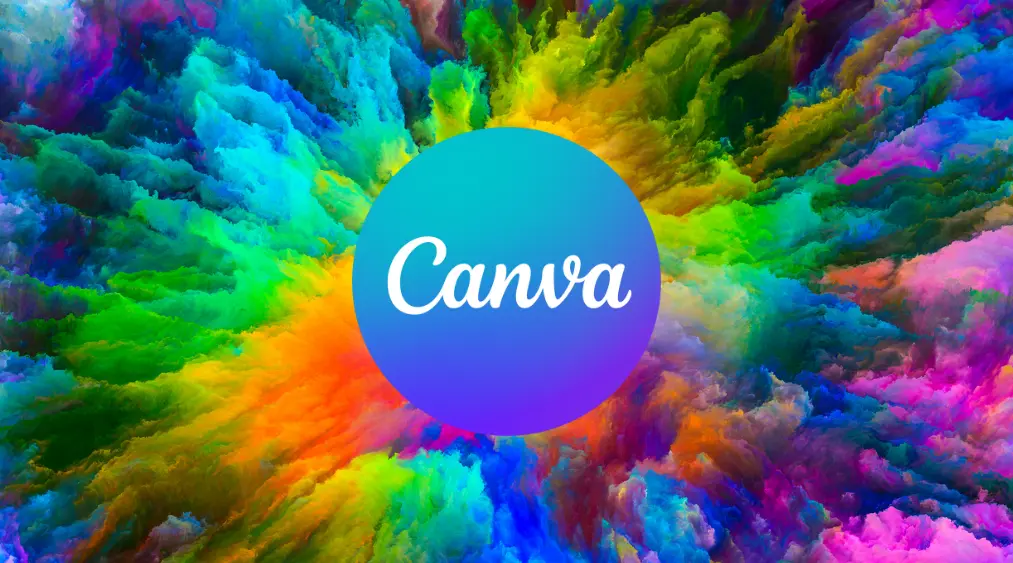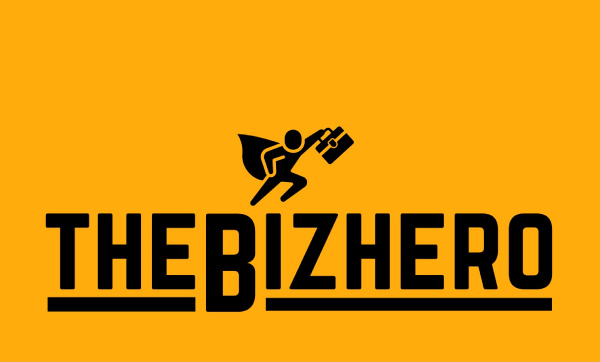
One of the amazing stories I am always in awe of is the story of Canva.com. It has impacted and addressed my graphic creation gap ever since I encountered the platform in 2023. I have never stopped using Canva since, and it has become my defacto tool for graphic and video tools for ideation and creation. So, how does the Canva story begin?
In 2012, a young entrepreneur from Perth, Australia, set out to solve a problem many people didn’t even realize existed. Melanie Perkins, frustrated with the complexity of traditional graphic design tools like Adobe Photoshop, envisioned a simpler, more intuitive way for anyone, even the non-graphic-trained designer, to create professional designs. That brilliant idea gave birth to Canva—a platform that has since transformed the way businesses, especially small ones, approach visual content creation.
Fast forward to today, Canva is valued at $26 billion, boasts over 135 million active monthly users, and is used in more than 190 countries. But its success isn’t just a story of digital or technology disruption. It’s a story of how Canva democratized graphic design and empowered small businesses to compete on the same stage as their larger counterparts in the highly competitive attention economy.
Contents
- The Problem: The Struggles of Small Businesses in a Competitive Landscape
- The Solution: Canva Democratizes Design
- How Canva Empowers Small Businesses to Compete in the Attention Economy
- Why Canva Matters: Empowering Dreams and Breaking Barriers
- Canva’s Journey, an Inspired Lesson for Entrepreneurs
- Final Thoughts: Redefining Small Business Success in the Digital Age
The Problem: The Struggles of Small Businesses in a Competitive Landscape
Small businesses have long faced challenges in competing with larger companies. Limited budgets, lack of resources, and minimal access to professional tools often leave them at a disadvantage. In the domain of marketing and branding, this disparity becomes even more apparent. Professional graphic design services are expensive, and mastering traditional design software requires a steep learning curve that many small business owners simply cannot afford. Most of the small businesses also do not have the resources and know-how to hire and retain graphic talent in the organization.
This gap will attempt to derail small business’s ability to compete in today’s digital economy, where grabbing attention (with visually compelling marketing assets) is critical. Studies show that 49% of consumers base their purchasing decisions on the visual appeal of marketing content (Source: Venngage). This reality left smaller businesses fighting an uphill battle, unable to compete with big brands that could afford large design and marketing teams.
The Solution: Canva Democratizes Design

Enter Canva, with its mission to make graphic design simple, accessible, and affordable for everyone. The platform disrupted the traditional design industry by offering a drag-and-drop interface, pre-made templates, and an extensive library of stock photos, video, audio, fonts, and design elements.
For solopreneurs and small businesses, Canva is a revelation. It allowed owners, managers, and employees with zero design experience to create professional-quality marketing materials effortlessly in minutes. Very often, if you do not require personalization, the template is ready. Of course, in the attention economy, we will always need to personalize according to our branding and stand out in the noisy marketplace. Even the Canva template is easy to modify and customize without requiring an advanced graphic design skillset.
Here’s why every small business needs Canva:
- Ease of Use: Canva user-friendliness removes the intimidation of traditional design software. Whether you’re designing a social media post, banner, brochure, flyer, or business proposal, Canva makes the design workflow seamless.
- Affordability: The Canva freemium model is already powerful enough to allow businesses to access essential tools at no cost, while Canva Pro offers premium features like brand kits, premium templates, and stocks.
- Scalability: From solopreneurs to SMEs, Canvas features cater to businesses of all sizes, offering customization and professionalism that previously required hiring a designer. If your team expands, you can always opt for the Canva team.
How Canva Empowers Small Businesses to Compete in the Attention Economy
In today’s digital-first world, small businesses don’t just compete for customers—they compete for attention. The attention economy demands high-quality, visually engaging content to gain eyeballs and mindshare of the consumers.
1. Leveling the Playing Field
Canva allows small businesses to embrace branding. It enables small businesses to project the same level of professionalism as big brands. For example, a local bakery can design Instagram posts that look just as polished as those of multinational chains. A freelance consultant can create a sleek presentation that rivals anything a Fortune 500 company produces.
2. Digital Marketing Made Accessible
The rise of social media and digital advertising has made visual content more important than ever. Posts with images get 2.3x more engagement on Facebook than those without (Source: BuzzSumo). Canva empowers small businesses to capitalize on this trend without hiring expensive agencies or in-house designers.
3. Streamlining Branding Efforts
In branding, consistency is key. Canva tools make it easy for small businesses to maintain a cohesive visual identity. Features like brand kits, which store logos, fonts, and colors, ensure that all materials align with the company’s image. In addition, small businesses can also build corporate branding videos on Canva to tell the story of their brand effortlessly.
This democratization of graphic design has had profound effects on small businesses worldwide. Canva isn’t just a design tool; it’s a new business enabler.
Why Canva Matters: Empowering Dreams and Breaking Barriers

Canva’s impact goes beyond aesthetics. It bridges the gap between big and small businesses, ensuring that professional-quality design is no longer a luxury but a standard for everyone. For small businesses, this is a game-changer. Even with limited resources, they can create digital marketing programs to drive engagement and build brand loyalty.
Melanie Perkins once said, “Design should be accessible to everyone, not just a select few.”
This philosophy resonates deeply with small business owners who are often left out of the conversation when it comes to leveraging powerful tools. Canva empowers them to dream big, start small, and build businesses that stand out in an increasingly competitive marketplace.
Canva’s Journey, an Inspired Lesson for Entrepreneurs
Canva’s story is a masterclass in identifying a gap in the market and solving it with a product that meets the fit of the marketplace. For entrepreneurs, here are the key takeaways from Canva’s success:
- Solve a Real Problem: Canva identified a common pain point—design workflow challenge and complexity—and provided a simple solution.
- Focus on Accessibility: By lowering the barrier to entry, Canva made professional design tools available to everyone, creating a massive user base.
- Develop a Product that sells by itself: The user-friendliness of Canva and its templated design approach drives ease of adoption.
For small businesses and startups, these lessons are invaluable. Success doesn’t come from replicating others—it comes from understanding your audience’s needs and solving their problems innovatively.
Final Thoughts: Redefining Small Business Success in the Digital Age
Canva’s journey from a niche idea to a billion-dollar empire is more than a success story—it’s a testament to the power of accessibility and innovation. For small businesses, Canva represents an opportunity to compete, grow, and thrive in an era where visuals and good graphic design dominate, and attention is currency. In a world where technology can feel overwhelming, Canva simplifies it. And in an economy where big brands often overshadow the small, Canva gives small businesses the tools to shine. Whether you’re a budding entrepreneur, solopreneur, or a seasoned business owner, Canva proves that even the smallest ventures can make the biggest impacts with the right tools.
At thebizhero.com, we love Canva! It’s our primary graphic tool for brochures, banners, logo ideas, social media posts, and every graphic need.

